Samarkand, with a history of over 2,700 years, is a gem in the tourist treasure trove of Uzbekistan, preserving ancient landmarks as an open-air museum. Throughout the centuries, Samarkand inspired writers and conquerors, from Alexander the Great to Genghis Khan. After its destruction by Genghis Khan, the city was revived by Amir Timur (Tamerlane) and made the capital of his empire.
RusTourismNews offers you to dive in history and explore the wonders of this city with our Samarkand Travel Guide.
Samarkand is remarkably diverse. Despite its venerable antiquity commanding respect, the city is modern and hones this facet of its identity with each passing year.
Since 2019, Uzbekistan has been actively developing its tourism sector. Since then, the country has been transforming. Samarkand is being enriched with worthy additions to its tourism infrastructure, making the city more accessible and comfortable for various categories of tourists, including discerning travelers and business visitors.
How to Reach Samarkand
Tourists will be introduced to a vibrant representative of the newest infrastructure projects in Samarkand immediately upon arrival in the country. They will be greeted by a modern international airport, designed in the form of an open book, symbolizing the main work of Mirzo Ulugbek, “The New Astronomical Tables of Kuragoni”.
The new modern terminal allows Samarkand to become the tourist hub of Uzbekistan. The city already receives flights from Istanbul with Turkish Airlines, Uzbekistan Airways and Air Samarkand, Izmir with Sun Express, Dubai with Flydubai, Abu Dhabi with Wizz Air, Almaty, Kuwait with Jazeera Airlines, Moscow with Aeroflot, Utair, Uzbekistan Airways and Pobeda, Saint Petersburg with Rossiya Airlines and Pobeda, Urumqi with China Southern, Tel Aviv with Uzbekistan Airways and Baku with Azerbaijan Airlines.
You can also reach Samarkand by high-speed train from Tashkent. From Samarkand, it’s convenient to travel to Bukhara as well.
What to See in Samarkand
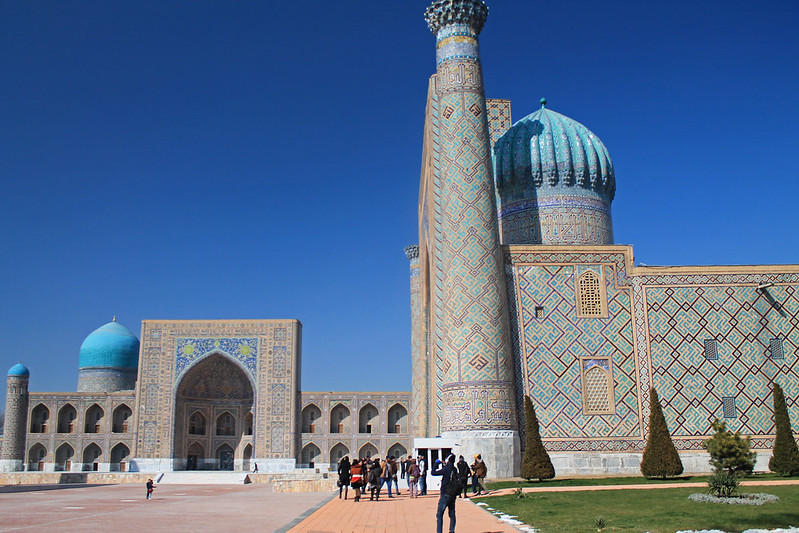
Registan Square
Samarkand is a true historical gallery. In search of historical beauty, tourists inevitably visit Registan Square, where they acquaint themselves with the Ulugh Beg Madrasah, Sher-Dor Madrasah, and Tilya-Kori Madrasah. Together, these three spiritual schools form a unified architectural ensemble, which is included in the UNESCO list.
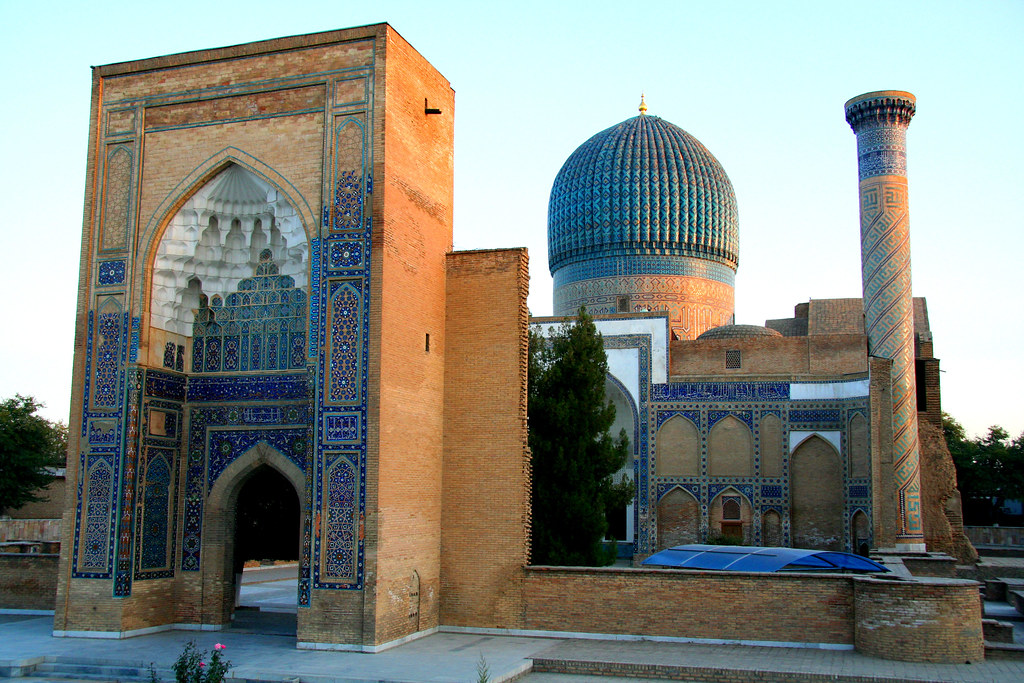
Gur-e-Amir mausoleum
It is believed that this ancient mausoleum served as a prototype for such wonders of the world as the Taj Mahal and Humayun’s Tomb. The Gur-e-Amir mausoleum, like many other ancient buildings in Samarkand, is associated with numerous eerie legends and remarkable stories.
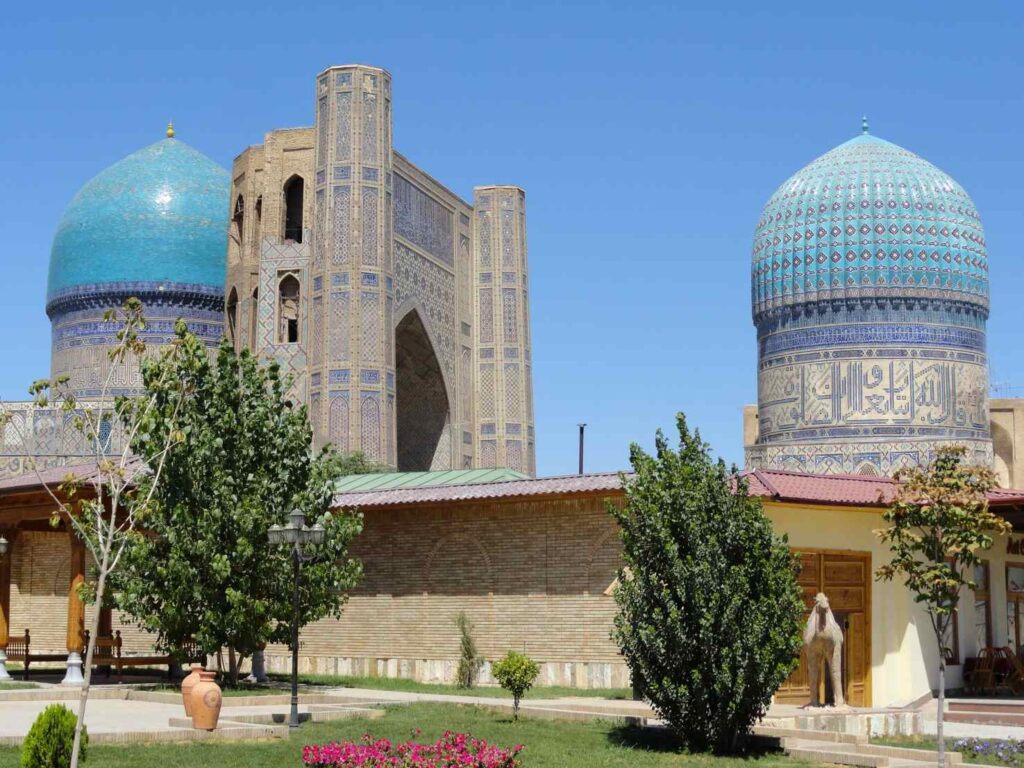
Bibi-Khanym is one of the largest and most significant religious monuments in the Islamic world, and certainly the largest mosque in the entire Central Asia.
Numerous legends and remarkable stories circulate about the origins of the famous and majestic Bibi-Khanym Mosque in Samarkand.
According to one legend, the mosque was built in honor of the mother of Timur’s wife. Another version suggests that it was a gift from Timur’s wife herself.
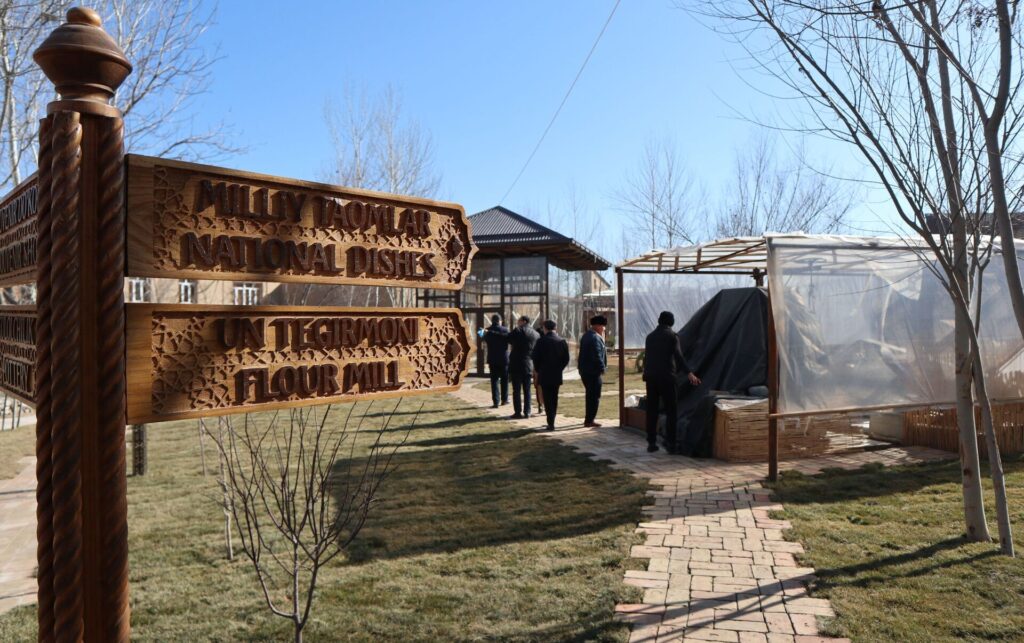
Konigil
Konigil is an ethnic village showcasing all aspects of life in a typical Uzbek village. Located on the outskirts of Samarkand not far from Ulugbek’s observatory, Konigil’s highlight is a workshop specializing in the handmade production of traditional Samarkand silk paper using revived ancient techniques.
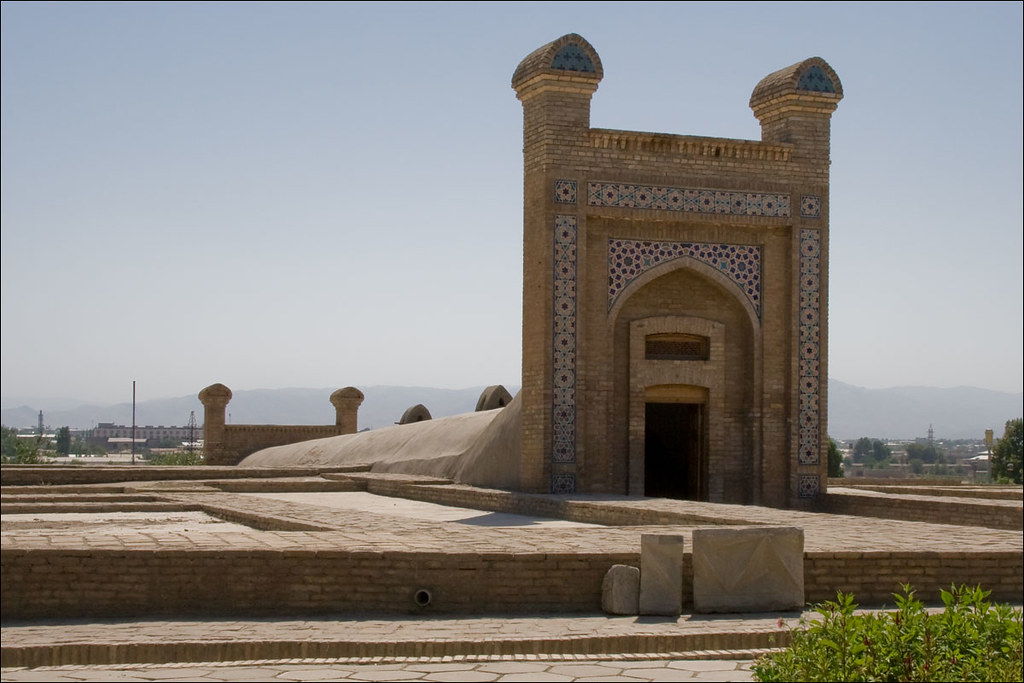
Ulugh Beg Observatory
Samarkand is rightfully called an open-air museum. Once a glorious city, it was a powerful political, religious, cultural, and scientific center. One of its main attractions, reflecting its rich historical and scientific heritage, is the famous Ulugh Beg Observatory.
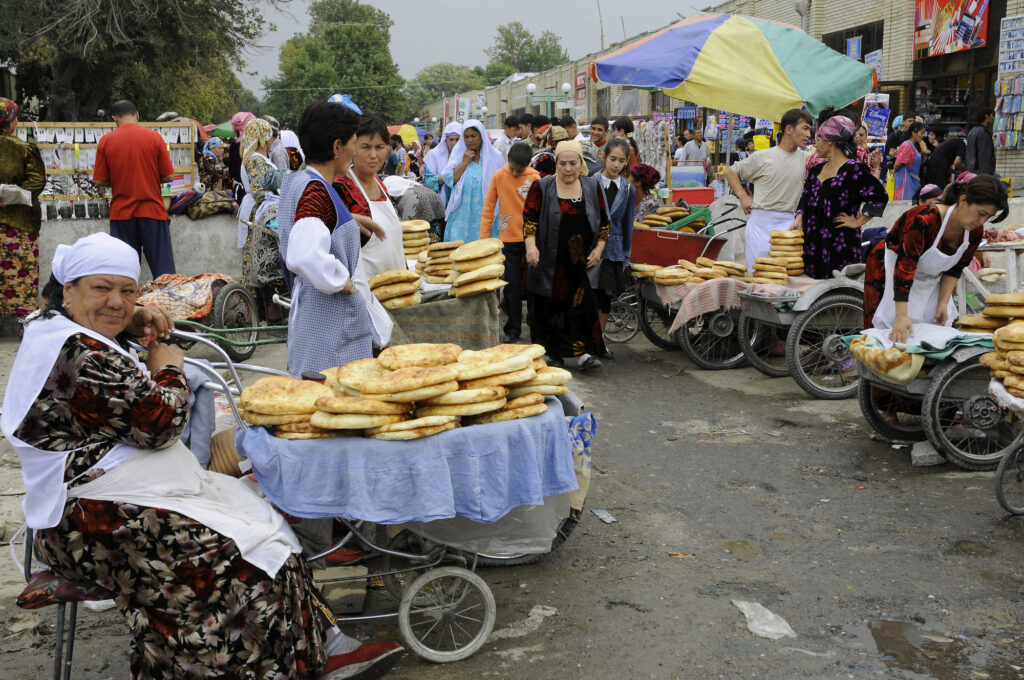
Siab Bazaar
For those seeking authentic Eastern vibes in Samarkand, a visit to the Siab Bazaar is a must. It’s the largest market in all of Central Asia and the second most visited place after Registan. The most popular purchases among tourists include pottery, textiles with national ornaments, nuts and dried fruits, Uzbek bread, Eastern sweets, and authentic spices.

